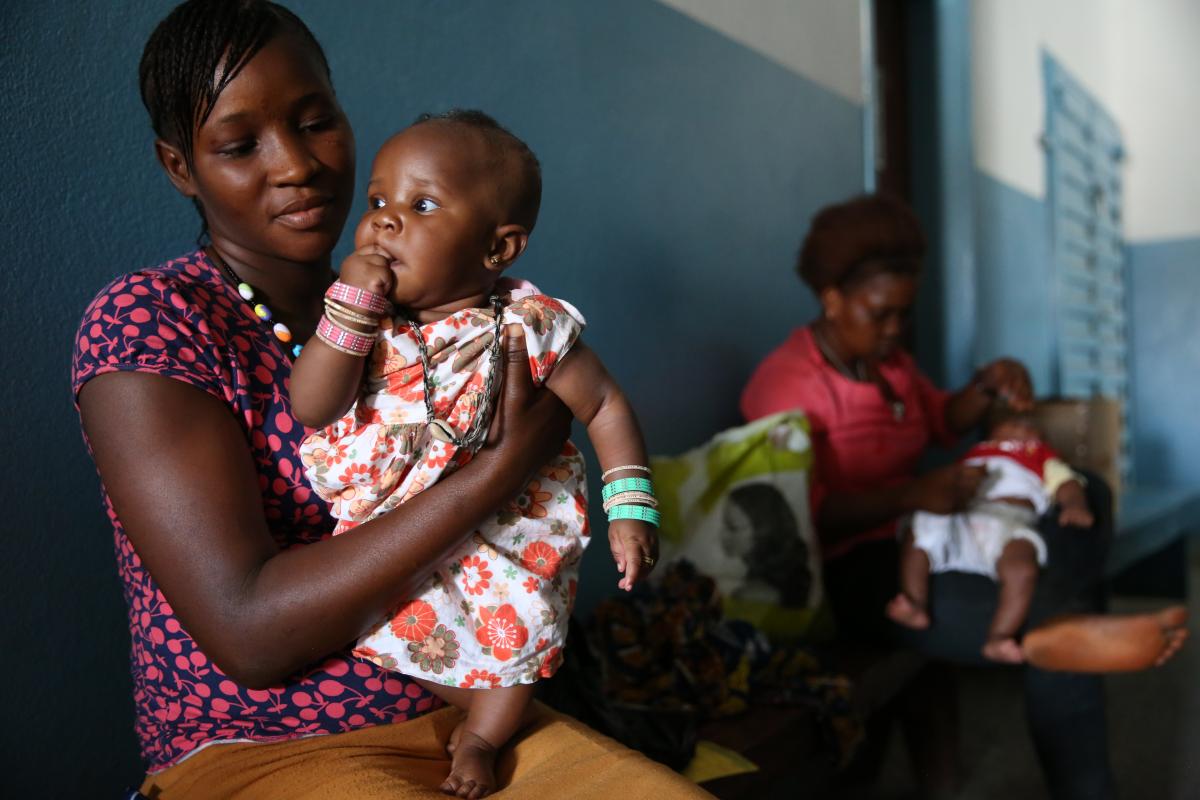Three Lessons from Three Years of the Global Risk Financing Facility
In 2017, a World Bank team met with donor partners from Germany and the United Kingdom to discuss how to shape the future global disaster risk finance agenda. The Caribbean, and parts of Latin America and the USA had just been hit by a series of devastating hurricanes, costing thousands of lives, and leaving affected countries with the highest ever recorded damages. As natural disasters and climate shocks increasingly threatened lives, assets, and livelihoods — especially poor and vulnerable countries, the question became: What more could be done to boost their financial preparedness?
The three parties decided to put in place a game-changing solution, specifically a vehicle that could provide technical assistance and expertise to partner countries, as well as systems to implement disaster risk financing solutions. This support would be coupled with significant grant financing to actually develop and implement these solutions.
Three years later, the World Bank’s Global Risk Financing Facility (GRiF) has assisted dozens of vulnerable countries in improving their financial preparedness by securing access to post-disaster financing. As the latest annual report highlights, the GRiF’s portfolio has grown to 43 projects, valued at over US$200 million. It is also yielding significant results.
During these past three years, GRiF has also learned some important lessons to ensure the success of climate and disaster risk finance and insurance solutions. Three of these lessons are as follows:
Lesson 1: In a world of more frequent and intense disasters, flexibility is key. Through its design, GRiF is able to strengthen financing solutions across a wide range of regions and beyond climate and disaster shocks. This flexibility was pivotal in GRiF being able to swiftly and effectively respond to an emerging threat, the COVID-19 pandemic.
- Today, GRiF supports 11 country projects, including seven countries under the International Development Association (IDA), that is, the World Bank Group’s fund for the poorest countries. Of the seven, four are in fragile, conflict, and violence (FCV)-affected countries. There are also eight global projects focused on improving data, analytics, and country capacity for implementing innovative financial solutions.
- Being able to adapt to specific financing needs has enabled GRiF to provide US$12 million to capitalize a partial portfolio credit guarantee scheme in Burkina Faso as part of a US$100 million financial inclusion project, which will provide a lifeline to 2,000 micro, small and medium enterprises (MSMEs) that are affected by the COVID-19 pandemic.
- A GRiF grant of US$16.5 million enabled Jamaica, a small island developing state, to issue its first catastrophe bond. This bond provides financial protection of up to US$185 million against losses from named storms for three Atlantic tropical cyclone seasons until the end of December 2023.
GRiF is also being used to strengthen shock-responsive social safety net programs in Malawi and Sierra Leone.
 Photo Credit: Dominic Chavez/World Bank
Photo Credit: Dominic Chavez/World Bank
Lesson 2: Risk financing is evolving; thus, innovation is key to improving design and implementing solutions. GRiF collaborates with new partners, such as the European Space Agency, to link the latest technology with on-the-ground operations, supporting governments in using state-of-the-art analytics to support better decision-making.
- GRiF is providing US$5.5 million for the Crisis Risk Finance Analytics Program, which is partnering with the European Space Agency to link the latest technology with on-the-ground operations. The program leverages earth observation and big data as part of its efforts to improve crisis risk analytics methodologies and tools. In 2021, the program supported the Next Generation Drought Index (NGDI) platform to create more robust drought indices and models. It also developed a new modeling framework that allows countries to better estimate financial losses caused by floods and earthquakes using satellite data and artificial intelligence (AI)-based analysis.
- In Indonesia, a GriF grant supports the development of an end-to-end data system for systematic damage reporting and claims management related to disaster events. In Sierra Leone, the social protection system is piloting digital payment systems by linking them to the country’s first national switch. This will allow banking access to the most remote populations in the country. Such measures will make financial responses quicker and more transparent.
Lessons 3: Successful risk financing solutions create a demonstration effect. By providing innovative and flexible risk finance solutions, GRiF is supporting projects that may not otherwise attract capital. When the success of these projects has been proven, this method of financing can then be replicated by others. For example, this past year, GRiF helped the International Red Cross and Red Crescent Climate Centre and Kartoza develop the first-ever impact-based forecasting tool for floods in Indonesia. Other humanitarian agencies are now also exploring how the new platform could be used to enhance their work. Thus, by funding innovative pilot projects, GRiF is pushing the boundaries and testing new solutions, proving their viability to other funding sources, and helping countries to mitigate the adverse impacts of disasters.
GRiF was designed to be flexible and innovative. It also provides an important demonstration effect to encourage financing to “crowd-in” additional sources of financing, thereby creating a sustainable model to address future disasters. Over these past three years, GRiF has proven the importance of each of these elements. We will continue to push the envelope so that more vulnerable communities can benefit from access to post-disaster financing when disaster strikes.
For more information about the Global Risk Financing Facility, please visit our website and/or join us for our monthly Technical Talks.
Main Photo Credit: World Bank EAP Collection